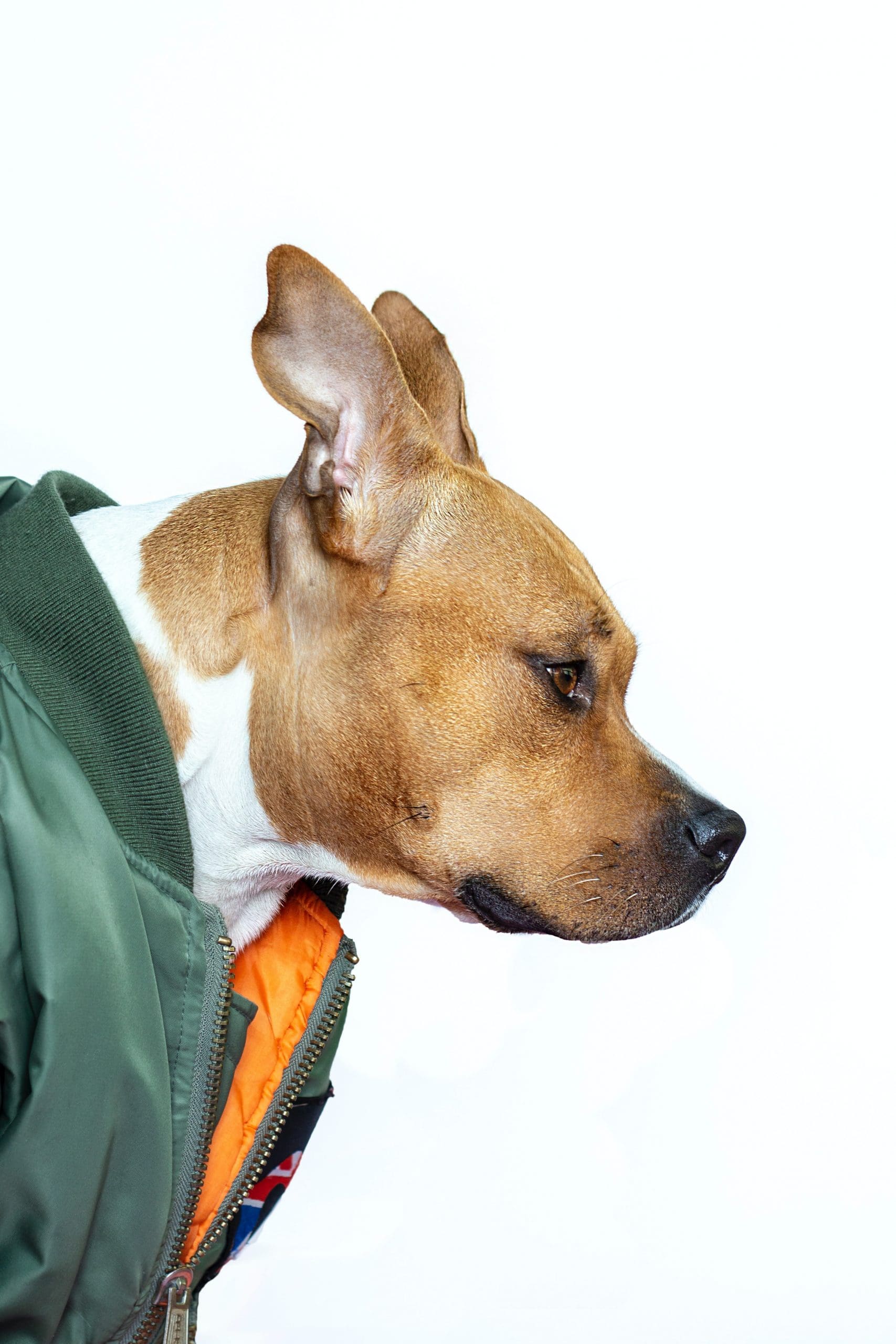Why Is My Dog Whining So Much All Of A Sudden?
Post Date:
December 10, 2024
(Date Last Modified: December 13, 2024)
Many dog owners are puzzled when their furry friends suddenly start whining more than usual. It can be alarming to see a dog that was once calm become restless and vocal. Understanding the reasons behind this behavior is crucial for your pet’s well-being as well as your peace of mind.
Communication Through Whining
Whining is a form of communication for dogs. They may whine to express a range of feelings, from discomfort to excitement. If your dog has begun whining unexpectedly, observe the context and any recent changes in their environment or routine. Dogs thrive on consistency, and any disruption can lead to stress or anxiety, often expressed through increased whining.
Physical Discomfort
One common reason for sudden whining is physical discomfort. Dogs cannot verbally express their pain, so they often resort to whining to signal that something is amiss. This could stem from an injury, illness, or even something as simple as an upset stomach. If the whining is accompanied by signs such as limping, lethargy, or changes in appetite, consulting a veterinarian is advisable. Close observation can help identify if your dog is in pain or experiencing other concerning symptoms.
Anxiety and Stress
Anxiety can also contribute to increased whining. Changes in the household—such as a new family member, moving homes, or alterations in your schedule—can create stress for your dog. Dogs are creatures of habit, and significant alterations can disrupt their sense of security. If your dog has faced a recent life change, their whining may reflect discomfort with the new situation.
Separation Anxiety
Separation anxiety is another issue that may lead to excessive whining. If your dog whines when you leave the house or when they are away from you, it could indicate struggles with being alone. As social animals, dogs often form strong bonds with their owners. When they feel abandoned, they may whine to express their distress. Addressing separation anxiety may involve gradual desensitization to solitude, creating a safe space, or utilizing calming aids.
Boredom
Boredom can also lead to whining. Dogs need mental and physical stimulation to stay happy and healthy. If your dog isn’t getting enough exercise or engagement, they may become restless and vocalize their frustration. Increasing playtime, providing new toys, or altering their daily routine can help alleviate boredom and, consequently, whining.
Joy and Anticipation
Sometimes, whining signals excitement or anticipation. If your dog whines when you come home or it’s time for a walk, they may be expressing joy and eagerness. This kind of whining typically accompanies positive body language, such as wagging tails and jumping—indicating that there’s no cause for concern.
Breed Characteristics
Certain breeds are more prone to whining than others. Breeds bred for companionship or those known for vocal tendencies may whine more frequently. If your dog belongs to a breed known for being vocal, their sudden increase in whining may simply align with their natural behavior. Understanding your dog’s breed characteristics can shed light on their communication styles.
Observing Patterns
Keeping a journal of your dog’s behavior can be helpful. Documenting when the whining occurs, what triggers it, and any environmental factors can help identify patterns and potential causes. This information can be invaluable if you choose to seek professional help from a trainer or veterinarian.
Creating a Calm Environment
Establishing a calm environment can also address excessive whining. Ensure that your dog has a comfortable space where they feel secure. Providing a cozy bed, toys, and items that carry your scent can help them feel at ease. Incorporating calming techniques, such as playing soft music or using pheromone diffusers, may create a soothing atmosphere that reduces anxiety and minimizes whining.
Seeking Professional Help
If the whining persists despite your efforts, consulting a professional is advisable. A veterinarian can rule out medical issues, while a certified dog trainer or behaviorist can assist with behavioral problems. They can offer tailored strategies to address your dog’s specific needs, fostering a more harmonious relationship.
The Importance of Empathy
Empathy plays a crucial role in understanding your dog’s whining. Recognizing that your dog is attempting to communicate their feelings can encourage you to respond with patience and love. Dogs are highly attuned to their owners’ emotions and thrive in environments where they feel understood. Observing their behavior and responding thoughtfully can strengthen the bond between you and your furry companion.
Approaching the Situation Calmly
When faced with sudden whining, maintain a calm demeanor and avoid negative reactions. Dogs can sense your stress or frustration, which may heighten their anxiety. Approach the situation with a level head, remembering that your dog likely seeks your attention or help to express their needs.
A sudden increase in whining may arise from various causes, including physical discomfort, anxiety, boredom, or excitement. Observing your dog’s behavior, noting changes in their environment, and documenting whining patterns can be instrumental in identifying the underlying issue. Creating a supportive environment, providing mental and physical stimulation, and seeking professional guidance when necessary can significantly reduce excessive whining. Understanding that your dog is trying to communicate with you fosters a deeper connection and enhances their overall well-being. Your dog relies on you for comfort and reassurance, and responding with empathy can greatly influence their happiness and behavior.






